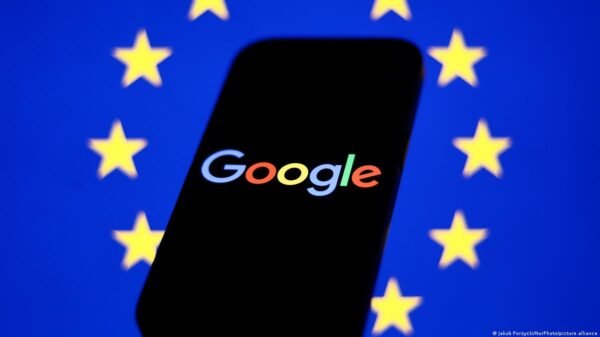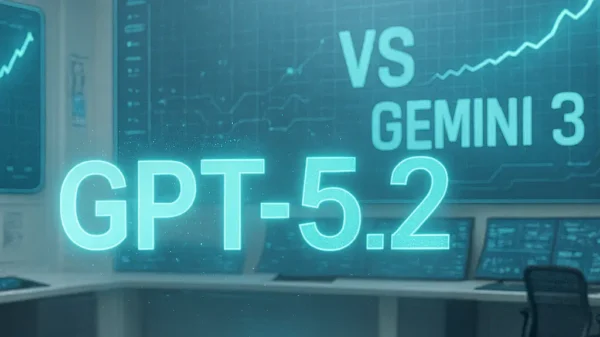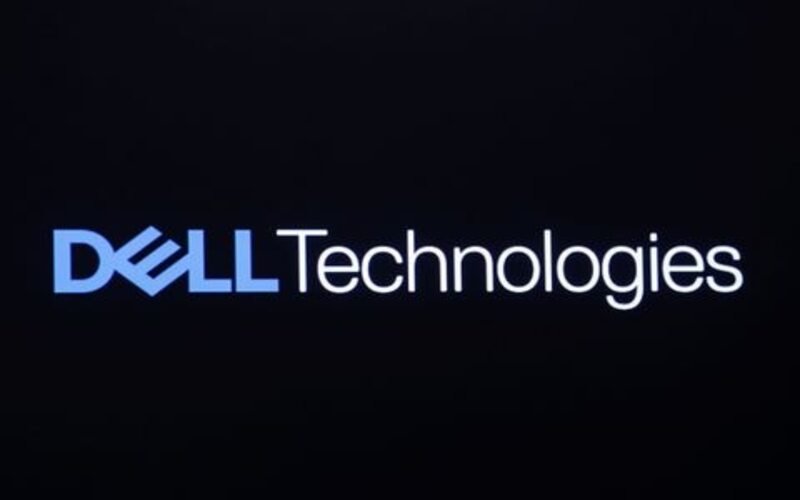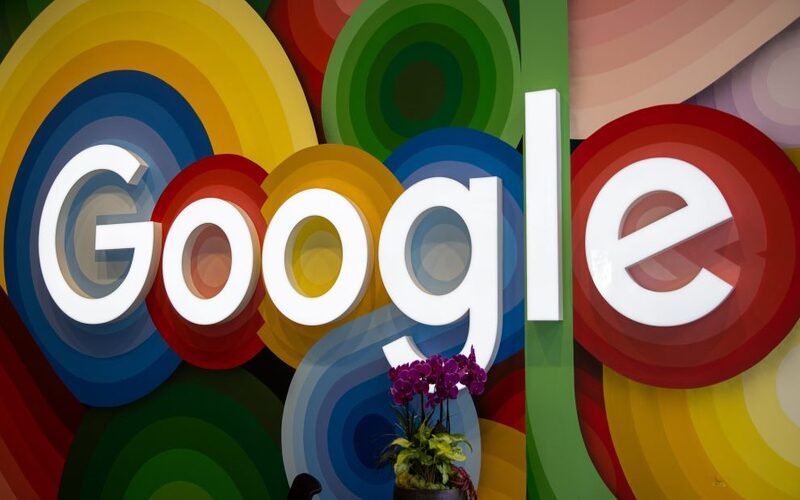While AI has come a long way in many areas, one problem that keeps coming up is how well it can handle complicated mathematical tasks. Real-world applications in disciplines demanding high precision are cast into doubt by ChatGPT’s frequent troubles with math despite being one of the most complex language models. To better understand AI’s function in addressing mathematical problems, this article investigates the causes of these issues and discusses their wider consequences.
Modeling the Processing of Languages Details Regarding Mathematics
Natural language understanding and generation are the primary goals of language models such as ChatGPT. They can handle massive volumes of textual data because to their architecture, which is built on NLP and deep learning. There is a fundamental difference between language comprehension and mathematics since the former requires logical and symbolic reasoning in addition to linguistic patterns.
The linguistic-based training of ChatGPT is inadequate for mathematical operations since it necessitates knowledge of abstract symbols, linkages, and correct procedural execution. The model frequently makes mistakes when solving problems because it does not have the inherent capacity to follow strict computational processes.
Factors Influencing ChatGPT’s Numerical Efficiency
Neural networks called transformers are the backbone of ChatGPT. These networks are great at recognizing patterns and context in massive text datasets. But mathematical problems aren’t transformers’ strong suit. The mathematical procedures are more suited to determinism and precision than these systems, which depend on pattern recognition and probability.
The frequency with which math-related patterns arise in ChatGPT’s training data limits its ability to “guess” the most likely next step or answer when faced with a math problem. In cases where accuracy is paramount or when dealing with more complicated equations, this form of guesswork causes errors.
Data Restrictions on Mathematical Tasks Training
The training data for ChatGPT is extensive. However, it mainly consists of text-based resources instead of material that is mathematically structured. In other words, the model hasn’t seen many instances of complicated computations or advanced mathematics. Calculus, linear algebra, and discrete mathematics are more complex than simple arithmetic or well-documented algebraic problems.
Also, unlike traditional mathematics, this training does not follow the standard procedure for solving problems. In contrast to how humans “learn” mathematics via absorbing concepts, applying formulas, and checking their work, ChatGPT does not follow this pattern.
Formal reasoning and symbolic manipulation are absent.
The inability to manipulate symbols, a fundamental part of mathematics, is a major flaw in ChatGPT’s mathematical performance. For example, human mathematicians adhere to rigorous logical norms when manipulating symbols like variables or solving algebraic equations. However, ChatGPT attempts to anticipate the most likely next token without the structural comprehension of formal rules, treating arithmetic like any other piece of text.
Symbolic logic and an intuitive grasp of the conceptual connections among variables, operations, and outcomes are prerequisites for mathematical reasoning. ChatGPT’s inability to verify or deduce mathematical facts, caused by its absence of a symbolic reasoning engine, severely limits its accuracy when it comes to tackling complex mathematical issues.
How ChatGPT Deals with Accuracy and Inaccuracy in Numerical Expressions
The way ChatGPT deals with numerical precision is another area of concern. Word sequence probabilities and general language understanding are the primary foci of language models. Mathematics, on the other hand, calls for exact, pinpoint solutions. In the case of a basic mathematical computation like “345 + 678,” for example, ChatGPT may choose to provide a response based on previously learned patterns instead of carrying out the calculation itself.
When working with scientific computations or floating-point arithmetic, where small mistakes might have a big impact, this problem becomes considerably worse. In domains where precise numerical values are crucial, such as engineering, physics, or finance, ChatGPT’s capacity to handle and manipulate numbers accurately degrades as the level of precision demanded rises.
Mathematical Specialization and Its Functions
Mathematical reasoning and computation require specialist AI systems, which is something that ChatGPT lacks. Algorithms designed for solving equations, doing integrations, and checking proofs make certain AI systems, such as symbolic computation engines (e.g., Mathematica, Wolfram Alpha), very good at processing mathematical queries.
Although general-purpose language models such as ChatGPT can offer explanations or help with basic math, they cannot replace these specialist tools for applications requiring precision. Future solutions may lie in combining symbolic computation with NLP models. However, ChatGPT shows that AI isn’t up to the task of doing tasks that need precise mathematics.
Possible Advancements for Thermodynamic AI Models in the Future
Future AI models can use a variety of approaches to overcome these restrictions. Combining language models with symbolic thinking engines is one potential strategy. This would make it easier for models like ChatGPT to handle formal mathematical reasoning while still taking advantage of language understanding’s flexibility.
In summary
The architecture and training restrictions of ChatGPT make it a formidable language processing tool, but it struggles miserably when faced with mathematical tasks. When it comes to doing exact mathematical operations, it falls short due to a lack of symbolic reasoning and formal logic. It has limited use in high-precision fields, but it can help with fundamental difficulties. The integration of language models with specialized computing engines will greatly improve mathematical competency and linguistic understanding in the future of artificial intelligence in mathematics.

















































